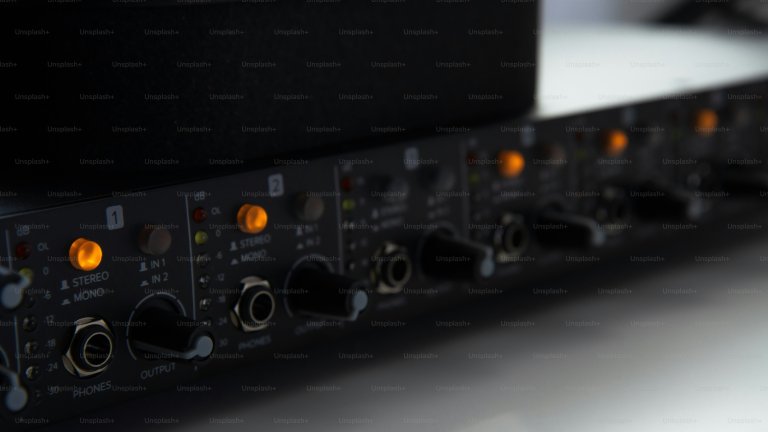Tips About How To Get The Best Bargain When Getting Small Amplifiers
Small amplifiers can be a great addition to your audio set up, whether you’re a professional musician or just love listening to music at home. However, they can also come with a hefty price tag. If you’re in the market for a small amplifier, here are some tips on how to get the best bargain and make sure you’re getting the most bang for your buck.
1. Define Your Needs and Budget
The first step to getting the best deal on a small amplifier is to determine your specific needs and budget. Are you looking for a compact amplifier for your guitar or a mini amplifier for your home theater system? Knowing exactly what you need will help narrow down your options and prevent you from overspending.
Be realistic about your budget as well. While it can be tempting to splurge on a high-end amplifier, it’s important to stay within your means and consider the features and quality you truly need.
2. Research Brands and Models
Once you have a general idea of what you’re looking for, it’s time to do some research on different brands and models. Look for reputable brands that have a good track record in producing quality amplifiers. Some popular brands for small amplifiers include Fender, Marshall, and Orange.
Besides brand reputation, also pay attention to specific models and their features. You may find that a particular model offers the same or similar features as a more expensive one, but at a lower price point. Reading reviews from other customers can also give you insights on the pros and cons of different models.
3. Consider Refurbished or Used Amplifiers
If you’re on a tight budget, don’t overlook the option of buying a refurbished or used amplifier. They may not be brand new, but they can still offer the same quality and functionality at a lower price. Many times, these amplifiers may have only been used lightly or have minor cosmetic imperfections. Just be sure to buy from a reputable source and check for any warranty or return policies.
4. Shop for Deals and Discounts
In addition to researching different brands and models, also keep an eye out for deals and discounts. Many times, retailers or manufacturers will offer discounts or promotions on specific models or brands. You may also find discounts for buying multiple items or purchasing during a certain time period.
Another tip is to sign up for newsletters or follow your favorite brands on social media. They may announce special sales or promotions through these channels.
5. Ask for a Discount
Sometimes, the best bargain is simply asking for a discount. If you’re buying from a physical store, don’t be afraid to negotiate the price. Many retailers are willing to offer a discount or throw in additional accessories to make a sale.
If you’re shopping online, you can also try reaching out to the seller or manufacturer directly to see if there are any discounts available. You never know until you ask!
6. Compare Prices from Different Retailers
Before making a purchase, be sure to compare prices from different retailers. You may find that the same amplifier is being sold at a lower price at a different store. Some online platforms, such as Amazon, also offer price comparison tools that can help you find the best deal.
7. Don’t Rush Your Decision
Last but not least, don’t rush into buying an amplifier. Take your time to research and compare prices to make an informed decision. Rushing to buy the first amplifier you come across may result in overspending or getting a lower quality product.
By following these tips, you can get the best bargain when getting a small amplifier. Remember to define your needs and budget, research brands and models, consider refurbished or used options, shop for deals and discounts, and take your time in making a decision. Happy shopping!

